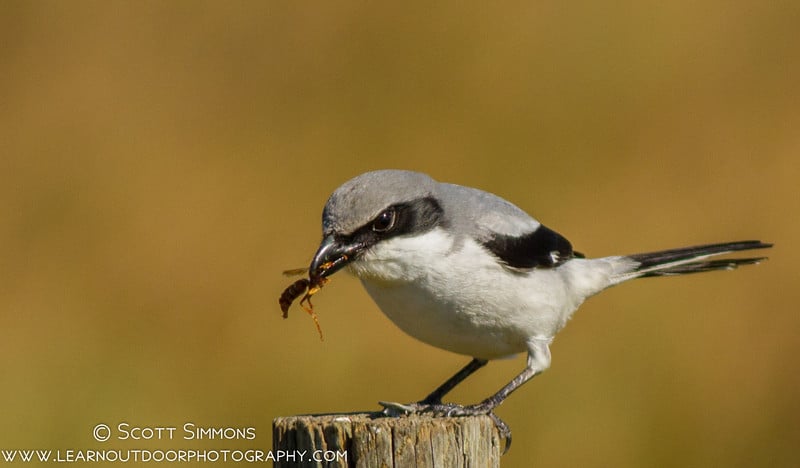Yesterday I made it out to Viera Wetlands for a little bit during the afternoon. I much prefer to go in the morning, but even though family commitments kept me home in the morning, afternoon birding proved to be all that I’d hoped. My biggest goal was to see an Ash-throated Flycatcher that’s been seen nearby in the Moccasin Island tract of the River Lakes Conservation Area (just down the street from the wetlands).
I went there first, and about 15 minutes after arriving it showed itself. I wasn’t able to get presentable photos, so after it disappeared, I went to the “click” ponds, but I returned a little later, and this time it showed itself a little better, and I had some very good looks at this wonderful flycatcher. The short drive from the click ponds to the flycatcher was also productive. Here are some photos from along the drive.
The click ponds had more birds in it than I think I’ve ever seen there before. It was filled with Green-winged Teal, White Pelicans, Least Sandpipers, and Tree Swallows, but there were a smattering of other birds there too, including one Roseate Spoonbill, one Black Skimmer, one Mute Swan, one Canvasback, and an assortment of other wading birds, ducks, and shorebirds.


After that I decided to drive around the wetlands area before heading home. This would have been disappointing were it not for a couple Great Blue Herons on their nest and a cantankerous American Bittern. I nearby White Ibis must have ticked it off, and after the Ibis flew, the bittern raised its head and then put on a menacing display–it put out its wings and raised all of its feathers on its neck. Unfortunately, it was facing away from us as it did this, but as it was settling down, it eventually it turned a little towards us, and we had the chance to see the bittern with many if its neck feather still raised. On the way out I heard a couple Least Bitterns calling, which are the first I’ve heard there during the winter time.

Scott Simmons
Scott Simmons, based in Florida, is a lover of nature, landscape, and wildlife photography. Scott became interested in photography in 2001 when he was given his first SLR camera. When he acquired a telephoto lens, he became progressively more interested in birds and other wildlife. Scott enjoys learning about bird habitats and behavior, striving always to take images that are both beautiful and interpretive. Scott believes photography is a great vehicle to help others to appreciate the wonder for the stuff of earth.









Leave a Reply